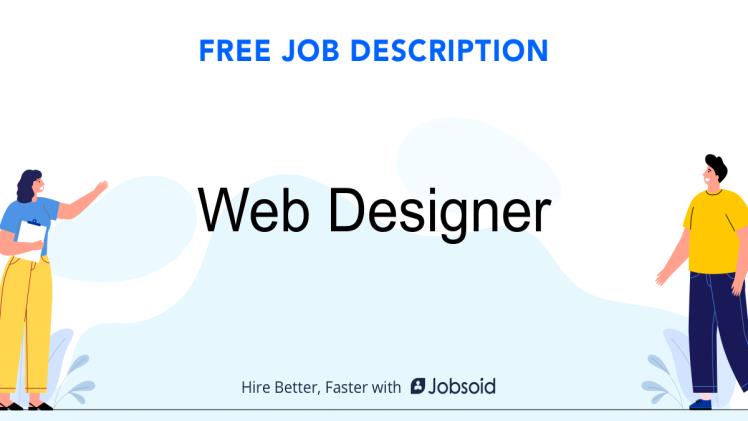If you are a professional web designer, you are responsible for overall decisions such as the menus displayed on the website and small details such as fonts, colours, and graphics. Website Designers create the layout and design of a website. Simply put, a web designer makes a website look good. They use a design program to create the composition. Web designers are often proficient in UI. This means that they strategically design their website that is easy to use and easy for visitors to navigate.
What will web designers do?
You will see if it’s something that fits your interests. On a regular basis, web designers will:
- Website design and layout
- Think through site navigation to provide the best user experience.
- Design a preview and create a model.
- Work in adobe programs to create images, graphics, or animations.
- Web domain registration
- Organize files
- Collaborate on website updates or “refresh.”
- Coordinate with writers and designers to create websites.
Do you need a degree to find a job as a web designer?
Many Website Designers hold a bachelor’s degree in web design or a related field. However, a four-year degree isn’t the only way to a creative career. Getting certified is another option. Let’s take a look at both degree and certificate programs.
- Bachelor of Computer Science: A Computer Science degree provides a comprehensive education in computer skills, problem-solving, and design. Within some programs, such as the BSc Computer Science, you can choose your preferred subject matter, such as user experience (UX), to narrow your skill set.
- Bachelor’s Degree in Web Design: Some students decide to earn a degree in web design specifically, emphasizing design skills and narrower layout principles. This is taught in conjunction with technical programs for web designers’ use, such as the Adobe program.
Web Designer portfolio:
With sharp skills and the right educational background to help with securing web design work as well as building an impressive online portfolio, here is a list of tips to put together some of the best examples:
Quality over quantity: The portfolio should feature your best performance. But it’s important to be selective because showing a site of better quality and lesser than a lot of sites that don’t show your best work.
Highlight the type of work you want to do: Is there a specific industry you want to serve? Do you want to focus on building an online store instead of a single-page site for small businesses? Your portfolio should include the type of work you want to do and show examples of your passion for creativity.
Give context: A Website Designers portfolio is a visual representation of your best work and an opportunity to provide context about your impact and project. Consider providing a short three to the four-sentence description that describes the purpose of the site, the challenges, and why it is in your portfolio.
Regular updates: You should set aside a quarterly scheduled time to update your portfolio. But you may have the additional context to add or modify based on your ongoing learning and goals. Updating is much easier with something new in mind compared to months or years later.

